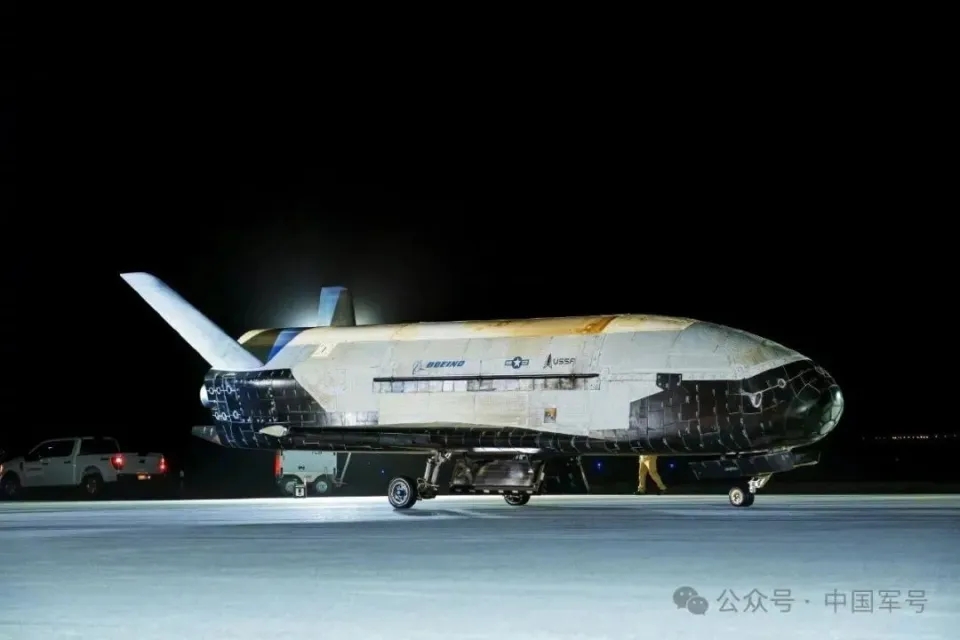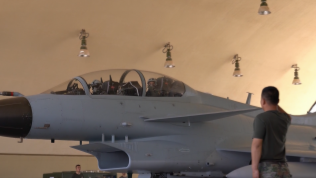
The US X-37B Orbital Test Vehicle
Recently, a US commercial space company announced that it had secured a USD60 million contract from the US Space Force to develop an orbital transport vehicle. According to available information, the vehicle will be capable of carrying multiple maneuverable satellites and releasing them rapidly to perform various tasks when needed. For this reason, it has been dubbed an "orbital carrier." Analysts warn that once operational, the program will not only enhance the US military's space combat capabilities but also intensify military competition in outer space and pose a serious threat to space security.
The US has long attached great importance to securing dominance in space. To gain the upper hand in offensive and defensive operations, the US Space Force views space mobility as a core capability and has made sustained satellite maneuverability a top priority in its development agenda. In 2023, the US Space Force introduced the concept of "Dynamic Space Operations," which advocates for large-scale on-orbit maneuvers by spacecraft to provide space-based information support and conduct offensive and defensive operations. In April this year, the US Space Force designated "space control" as one of its core functions and prioritized the development of on-orbit maneuverability. The "orbital carrier" program is expected to further advance the implementation of relevant concepts and facilitate related deployments.
Traditionally, launching satellites from the ground is a time-consuming process, and most satellites are confined to their designated orbits until they run out of fuel. Besides, satellite networks are vulnerable to space environment disruptions and potential adversary attacks, so they often lack survivability and operational resilience. In contrast, an "orbital carrier" could serve as a pre-positioned launch platform in space that is capable of deploying new satellites within hours in response to emerging threats. This rapid replenishment capability would enable the US military to maintain continuous situational awareness and communication functions, even in the face of critical infrastructure losses.
The "orbital carrier" could also enhance the tactical responsiveness of the US military. The US Space Force aims to achieve its Tactically Responsive Space objective by 2026, which envisions placing satellites into designated orbits within 24 hours of receiving a launch order. If successfully developed, the "orbital carrier," with its long-term deployment model characterized by pre-positioning in orbit and on-demand release, would allow satellites to adjust their orbits or orientations in response to evolving mission needs. This would significantly improve deployment efficiency and maneuverability, and enable rapid occupation of advantageous orbital positions at critical moments.
Available information suggests that the "orbital carrier" may be designed with reserved interfaces for mounting weapons to enable the rapid execution of offensive or defensive tactical operations. This development would further increase the opacity of military activities in outer space, thus warranting serious concern. After all, it would be extremely difficult for other countries to determine whether the system is carrying satellites or offensive weapons capable of launching attacks. Some foreign experts have warned that once this technology matures, orbital transport vehicles could be readily converted into space-based weapons platforms, which would turn outer space into a battlefield for the arbitrary deployment of weapons. Given such uncertainties, other countries may be compelled to take countermeasures to safeguard their security, which could in turn escalate military confrontation in space and pose serious challenges to global space governance.













